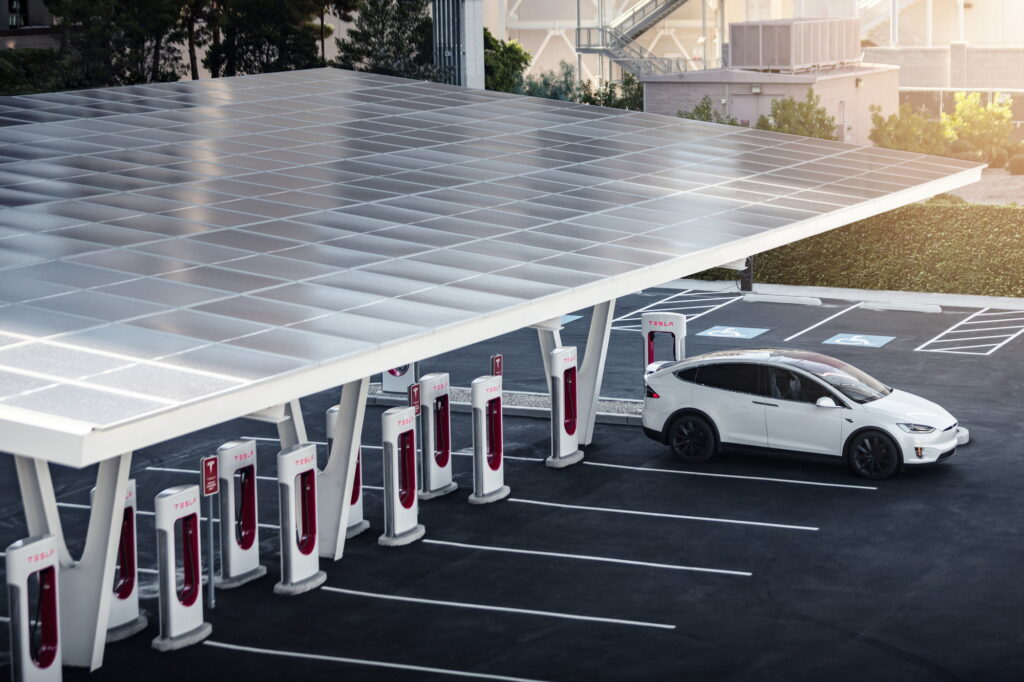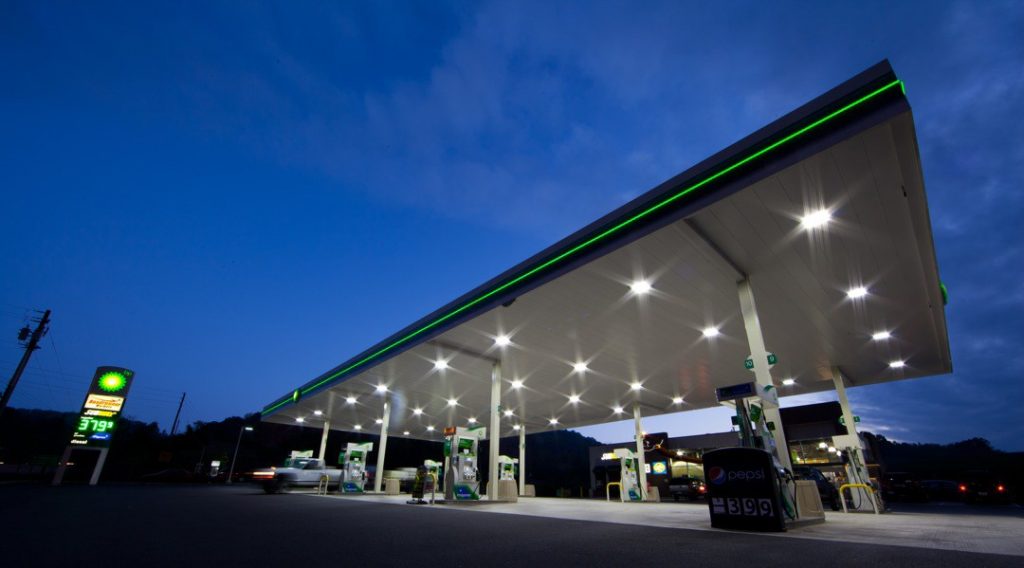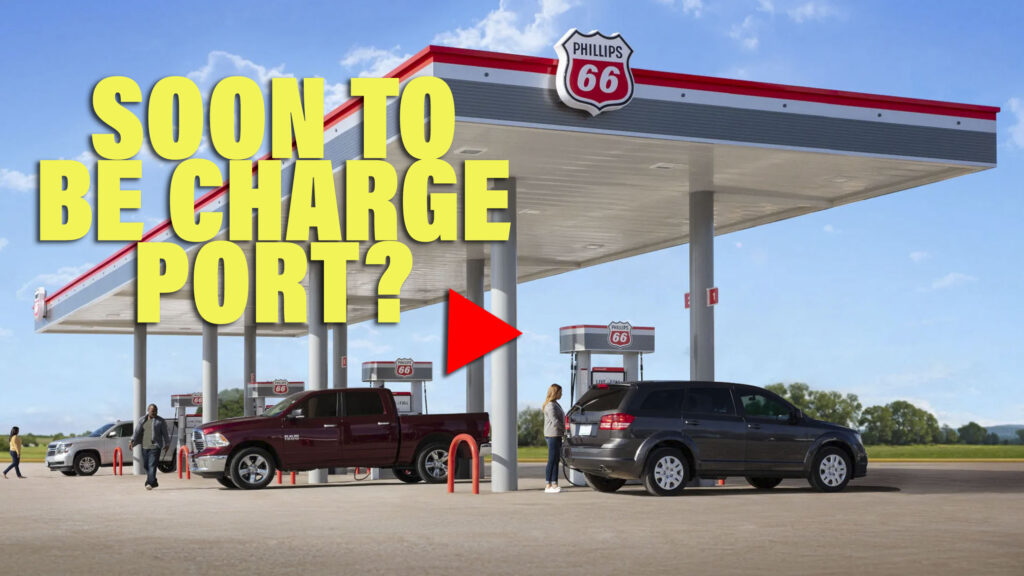With the developed world largely set on a stop sale of internal combustion engine vehicles and a mass transition towards EVs, a question still remains for many of us: what’s going to happen to the 145,000 gas stations in the U.S., not to mention countless others around the world? And just where will all those new charging stations be found?
While the majority of those who have access to charging at home will need to frequent a public charging station less, there are still a large number of those who won’t have the convenience of overnight charging.
A study by Wood Mackenzie suggests that the number of public charging ports in the U.S. and Canada will increase sixfold between 2022 and 2050, and according to Inside Climate News, the majority of those will be Level 3 fast chargers.
Related: Manhattan Now Has 11 Times As Many EV Charging Sites As Gas Stations

The study suggests that traditional gas stations will mostly turn into charge ports. In many cases, these gas stations are already well-positioned to service travelers — and as those who are making longer journeys are more likely to require a fast charger, using these existing locations makes a lot of sense. Many gas stations located on atrial routes have a supporting services ecosystem, such as restaurants and shops. With recharging taking a lot longer than it does to pump a full tank of gas, it’s not inconceivable that mall-like travel centers would flourish.
There will be other charge locations too. But the limiting factor will not necessarily be the availability of space but the ability to supply power from the grid. For instance, a charger developer may have to work with a utility company to beef up grid capacity to operate a charging station — and this could be even harder if there’s another station in close proximity.
Meanwhile, convenience stores are investing in neighborhood charging infrastructure to increase access for those that may not be able to charge at home. But onlookers are finding that EV owners don’t necessarily need to be entertained by external outlets. Most simply wait it out inside their car, perhaps watching videos or catching up on emails, making the future a rather uncertain one for shop owners on the fence about offering EV charging.





